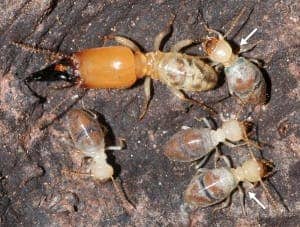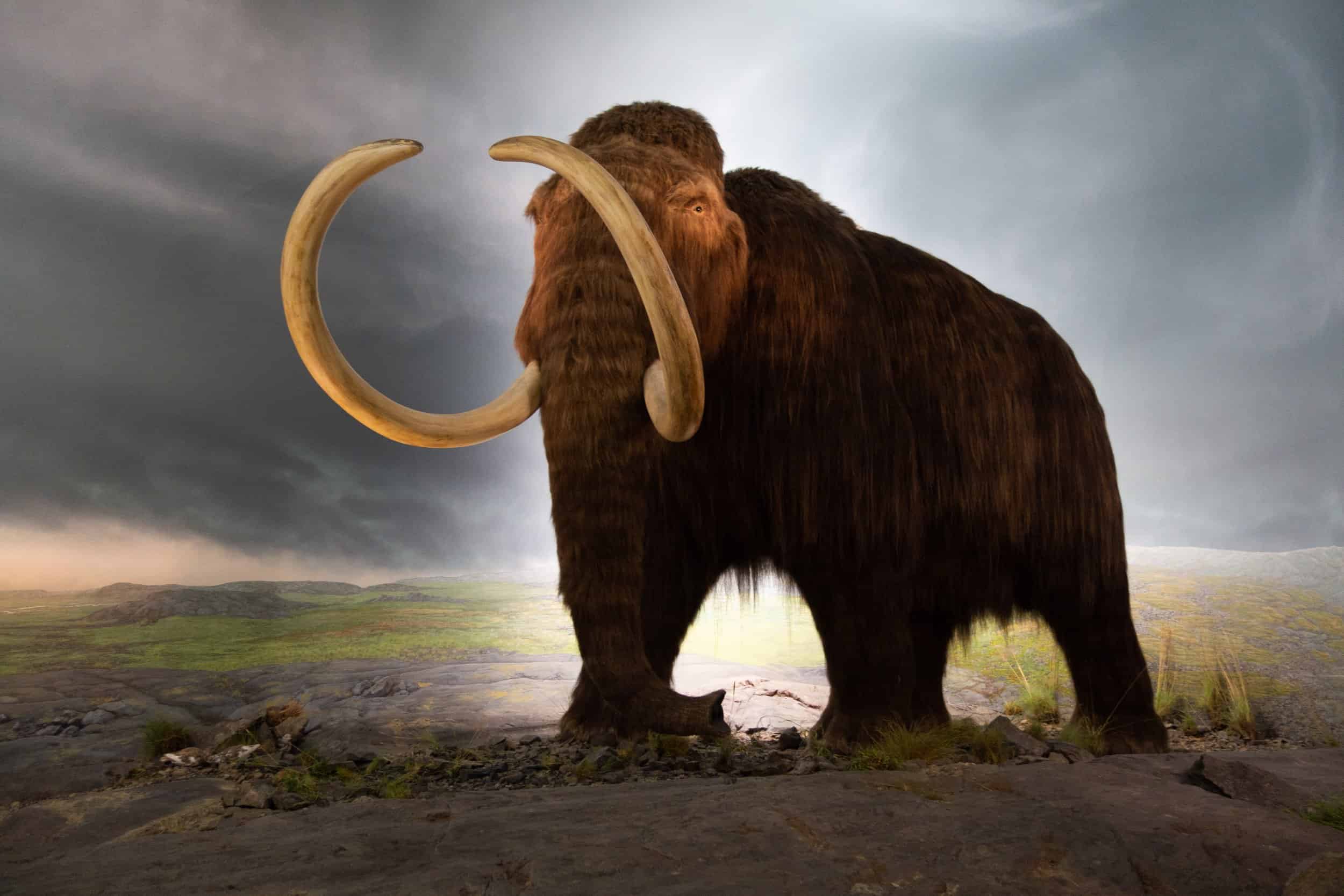Defense, like offence, is expensive for any animal. It takes resources and a lot of energy, and for some, it even comes at an ultimate sacrifice. Such is the case of a species of termite found in the rainforests of French Guiana. There, worker termites, after they age and are no longer capable of serving the colony at their full potential, will gladly sacrifice their lives to protect others in the event of an invasion. Like a suicide bomber, the old worker termite releases a toxic liquid from its intestines, killing its enemies, as well as itself.

Older worker termites of Neocapritermes taracua (top right and bottom right) develop blue pouches that can explode to harm their enemies. The yellow-headed termite is a soldier. (c) R. HANUS
These altruistic termites, belonging to the Neocapritermes taracua species, were recently described by an international team of researchers, led by Robert Hanus and Jan Šobotník of the Academy of Sciences of the Czech Republic in Prague.
The researchers discovered that some N. taracua worker termites had some peculiar blue dots on their backs. Subsequent analysis of some of these specimens showed that these blue dots were actually pouches filled with copper-rich proteins. Interesting enough, when the scientists tried to pick one of the specimens using a forceps, its pouches exploded, releasing a toxic sticky droplet along with fragments of intestines and internal organs.
When a worker termite with prominent blue dots was attacked by other termites, the scientists observed how its body wall ruptured and the contents of the blue pouches, which mixed with salivary fluid to form a drop of toxic chemical, paralyzed or killed most of the invading termites that touched it
Older workers carry the largest and most toxic backpacks. As workers age, their mandibles become dull and worn, reducing their capacity of carrying food or protecting the colony with their jaws. Apparently, this termite species has evolved so well socially, that older members of the community have gained this special ability of making their one last contribution, in an altruistic last stand.
“Older individuals are not as effective at foraging and nest maintenance as younger workers,” says Robert Hanus, who studies termite biology at the Institute of Organic Chemistry and Biochemistry in Prague, and led the study.
Suicidal explosive behavior has been seen before in termites, but the contents of the intestine are usually expelled rather than toxins as found in the N. taracua termites.
“The sophistication of this is remarkable: we have never seen an external pouch like this before that adds one substance that needs to be mixed with another substance,” says Olav Rueppell, an evolutionary biologist from the University of North Carolina Greensboro, who studies social evolution in honeybees. “This kind of adaptation would not evolve in a solitary context; this shows the power of eusociality, and why these insects are so successful.”
Findings were reported in the journal Science.









